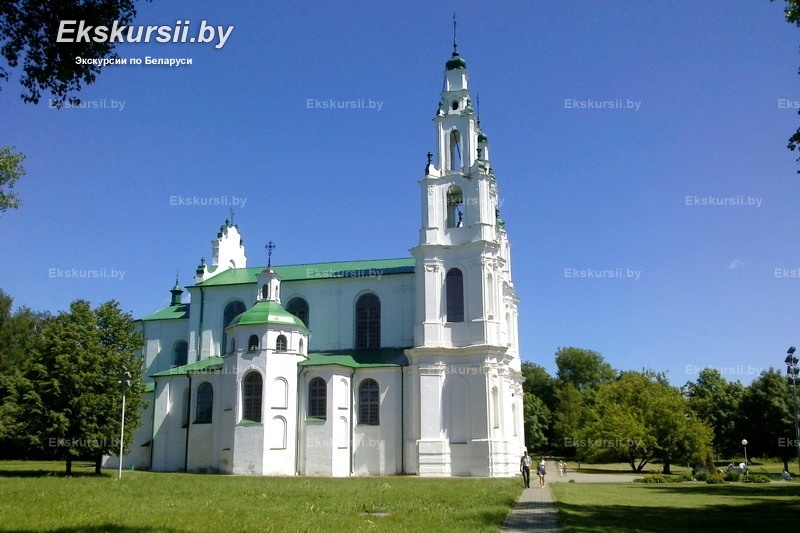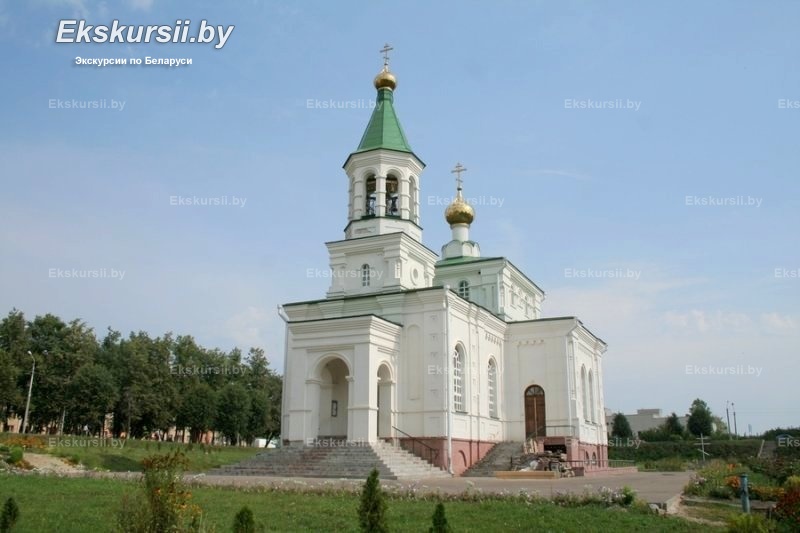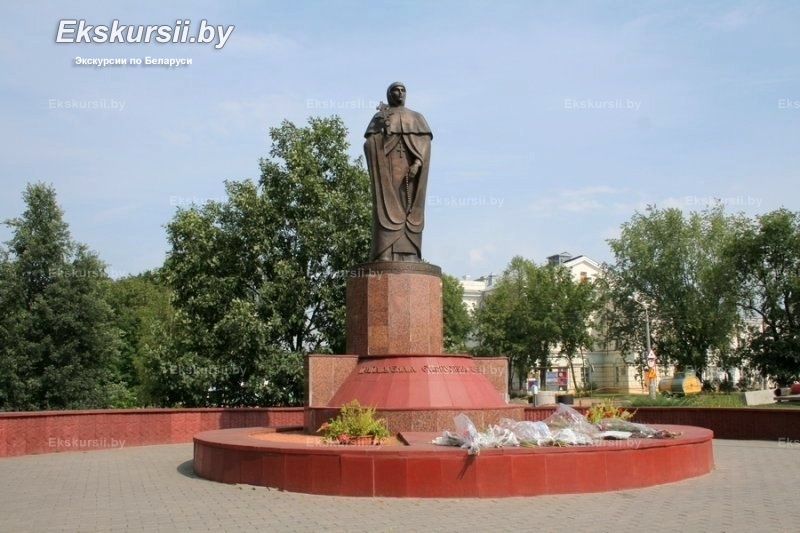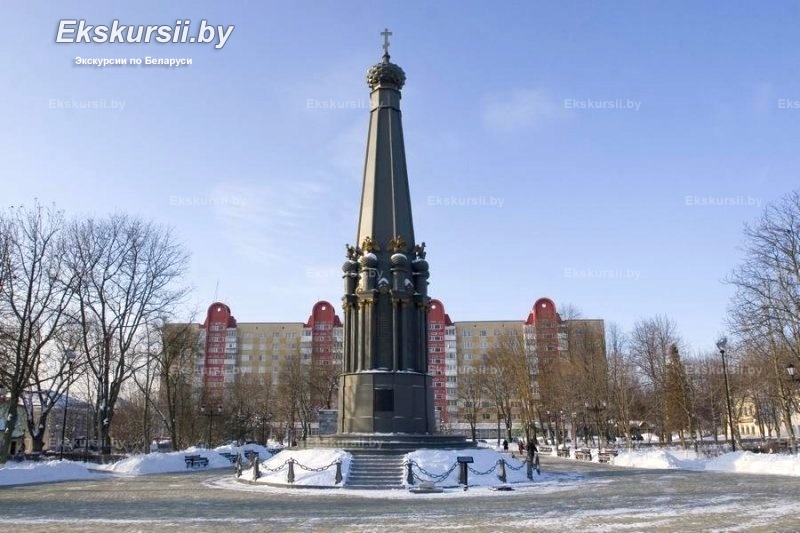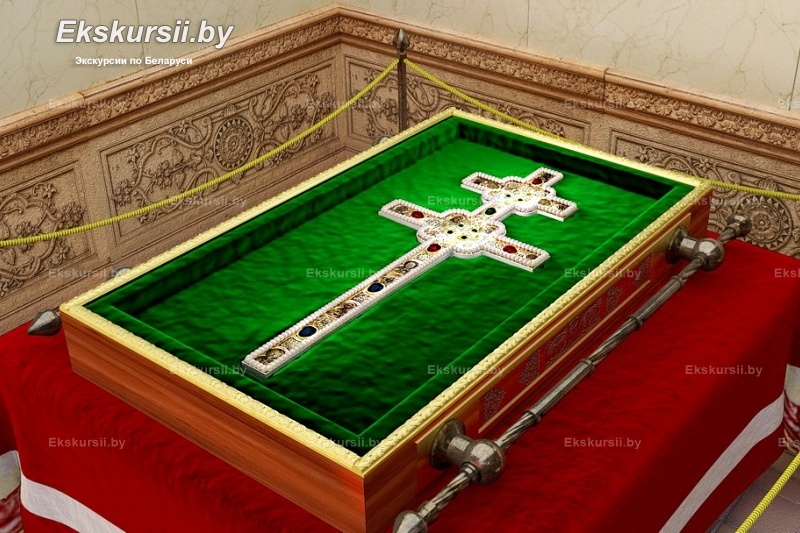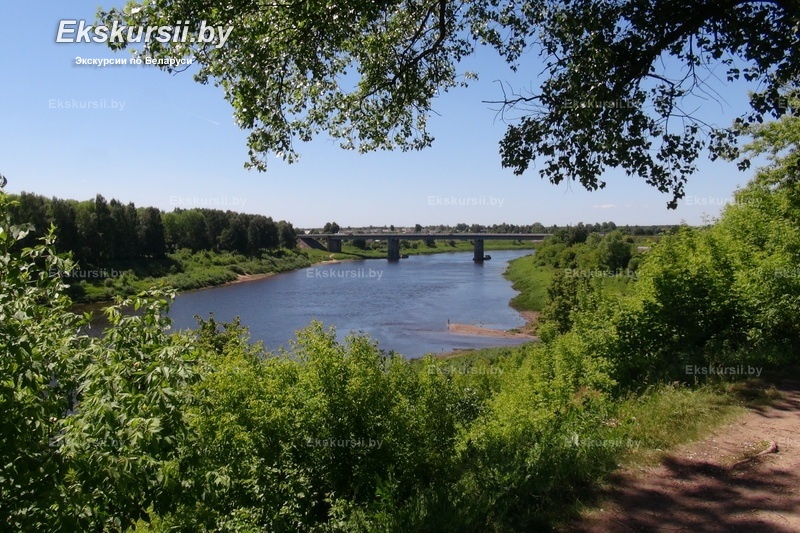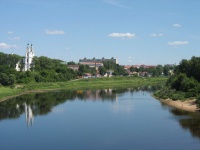History of the development
Polotsk is the most ancient town of Belarus and the center of the Polotsk principality. The first mention of Polotsk in «Primary Chronicle» refers to 862 town. The town was located on the right bank of the Polta River. Polotsk was a major town and a craft center. The first known prince of the Polotsk principality was Rogvolod (before 978). In the period of the 9th-10th centuries, the Principality of Polotsk pursued an independent policy and was not part of any other state entities.
Already at the beginning of the XI century during the rule of the prince Bryachislav Izyaslavich (1003-1044), the Polotsk principality expanded considerably. Bryachislav joined the cities of Usvyat and Vitebsk, the land between the rivers Western Dvina and Disna, where he founded the town of Bryachislavl - modern Braslav. However, the Polotsk principality reached its peak during the rule of Vseslav Bryachislavovich, better known as Vseslav the Wizard. Vseslav built in Polotsk Saint Sophia Cathedral (1030-1060) is one of the most ancient temples of Eastern Europe. In addition, Vseslav reigned in Kiev for two years (1068-1069).
For centuries, Polotsk often became the object of internecine struggle and military clashes. Thus, the struggle for the Polotsk throne turned out that at the end of the XIV century the Polotsk lands became part of the Grand Duchy of Lithuania. As a result of the first section of the Polish-Lithuanian Commonwealth of 1772, the right-bank part of Polotsk became part of the Russian Empire. Fully the town became part of Russia after the second section of the Polish-Lithuanian Commonwealth in 1793.
During the First World War and Soviet-Polish War, the German and Polish troops occupied Polotsk. Until 1924, when the town became part of the BSSR, Polotsk was part of Poland. During the Great Patriotic War in the period from July 16, 1941 to July 4, 1944, the town was captured by Wehrmacht troops. The troops of the First Baltic Front took part in the liberation of Polotsk from the German fascist invaders.
Today Polotsk is a modern town, the center of Belarusian culture and history.
Tourism potential
Polotsk is the cultural and religious center of the Republic of Belarus. This is the first town in the country, declared a historical and cultural museum-reserve. The name of the heavenly intercessor of Belarus is the reverend Euphrosyne of Polotsk. She was a granddaughter of Vseslav the Wizard is inextricably linked with Polotsk. Thanks to the efforts of the nun-princess in Polotsk, the Savior-Euphrosyne Church, the female and male monasteries, which were centers of education in the Polotsk principality, were erected. Thanks to the efforts of Euphrosyne, many books were copied and the Polotsk chronicle was written. It was on the order of St. Euphrosyne that a unique shrine was made is a cross decorated with gold and precious stones, named after the nun. You can bow to the relics of the intercessor of Belarus in the Savior Transfiguration Church of the Polotsk Savior Euphrosyne Convent.
In addition, a unique monument of architecture has been preserved in Polotsk Saint Sophia Cathedral erected as a symbol of equality with the Second Rome - Constantinople. Every year the church hosts a festival of organ music «Zvani Safіi», which gathers professional musicians from both Belarus and abroad.
Polotsk is the birthplace of many famous people, including the Belarusian first printer and educator Francis Skaryna. In 1990, in honor of the 500th anniversary of the birth of Francysk Skaryna, the Museum of Belarusian Printing was opened in the city. This is the only museum of its kind in Belarus. The exposition of the museum is dedicated to the history of the creation and development of writing, writing materials, book illustration and printing. There are 12 museums in Polotsk. Little tourists will especially like in the Children's Museum where you can touch all the exhibits. And art lovers can visit the Polotsk Art Gallery, located in one of the buildings of the former Jesuit College, an architectural monument of the XVIII century.
Perhaps the most unusual attraction of Polotsk is a memorial sign, which indicates that it is here, at 55 degrees north latitude and 28 degrees east longitude, the geographical center of Europe is located.






